Follow Us:
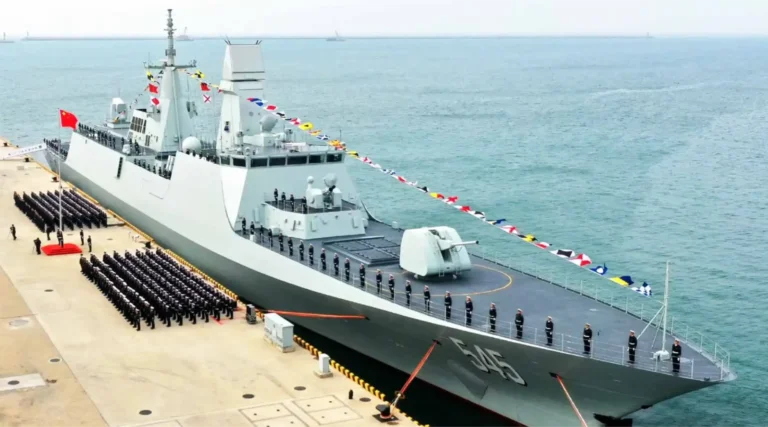
Share
The PD-100 Black Hornet Nano Drone is revolutionizing the way small-scale reconnaissance missions are conducted. This lightweight drone offers unparalleled situational awareness by providing real-time video feeds, making it an essential tool for military and security operations. Its compact design allows easy portability, enabling personnel to deploy it swiftly in various environments.
Equipped with advanced sensors and cameras, the PD-100 Black Hornet Nano Drone can navigate complex terrains and gather critical intelligence without being detected. Users can rely on its capabilities to enhance decision-making and tactical planning.
This drone is not only a technological marvel but also a vital asset for enhancing operational effectiveness in the field.
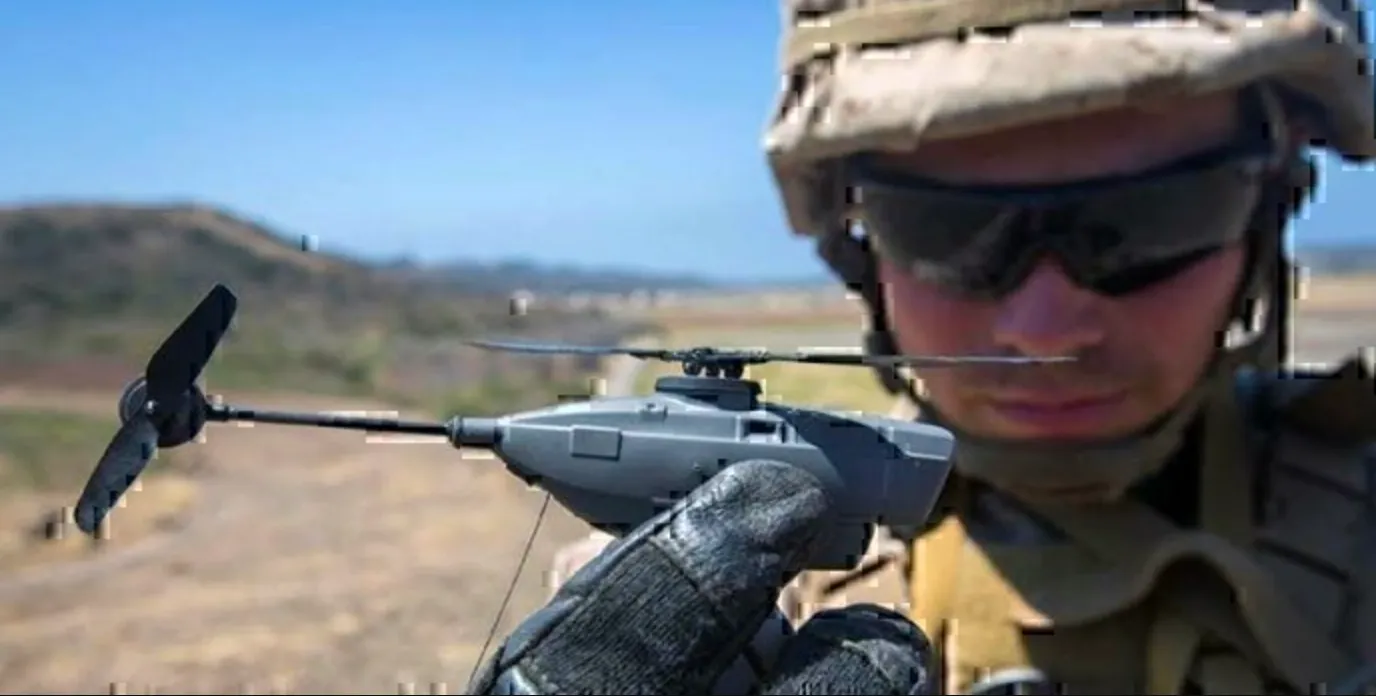
As technology continues to evolve, the capabilities of drones like the PD-100 Black Hornet Nano Drone contribute significantly to modern strategies in surveillance and reconnaissance. Understanding its features and advantages provides valuable insights into the future of aerial technology.
The PD-100 Black Hornet Nano Drone represents a significant advancement in miniature drone technology. Its development involved a combination of innovative design and operational requirements aimed at enhancing reconnaissance and surveillance capabilities for military applications.
Key phases in its history include its origins, design evolution, and how it has been deployed in various scenarios.
The PD-100 Black Hornet was developed by the Norwegian company Prox Dynamics in the early 2010s. It was designed to meet the needs of modern military forces requiring compact and efficient surveillance tools.
Initial prototypes focused on lightweight construction, ease of use, and portability, crucial for tactical operations.
The drone’s small size, measuring just a few inches, allows operators to deploy it discreetly. Early testing revealed its potential for gathering intelligence in urban environments and combat zones without risking crew members.
Over time, the Black Hornet underwent significant design refinements to improve its functionality and performance. Upgrades were made in areas such as battery life, camera resolution, and flight stability.
The inclusion of additional sensors allowed for advanced capabilities, including thermal imaging and real-time video transmission.
These enhancements made the drone more versatile for various missions. The iterative design process emphasized user feedback from military operators to ensure the drone met field demands effectively.
The PD-100 Black Hornet has been actively deployed by armed forces across several countries since its introduction. Its primary functions include reconnaissance, surveillance, and target acquisition. The drone’s quiet operation and small footprint enable it to gather intelligence with stealth.
Its use in combat has proven invaluable, providing real-time situational awareness. This ability enhances mission effectiveness while minimizing risks to personnel. The Black Hornet represents a shift toward integrating unmanned systems into standard combat operations, reflecting evolving military strategies.
The PD-100 Black Hornet Nano Drone is equipped with a range of advanced features. Key attributes include its compact size, lightweight design, high-resolution camera capabilities, and impressive flight performance. Each aspect contributes to its effectiveness in various operational environments.
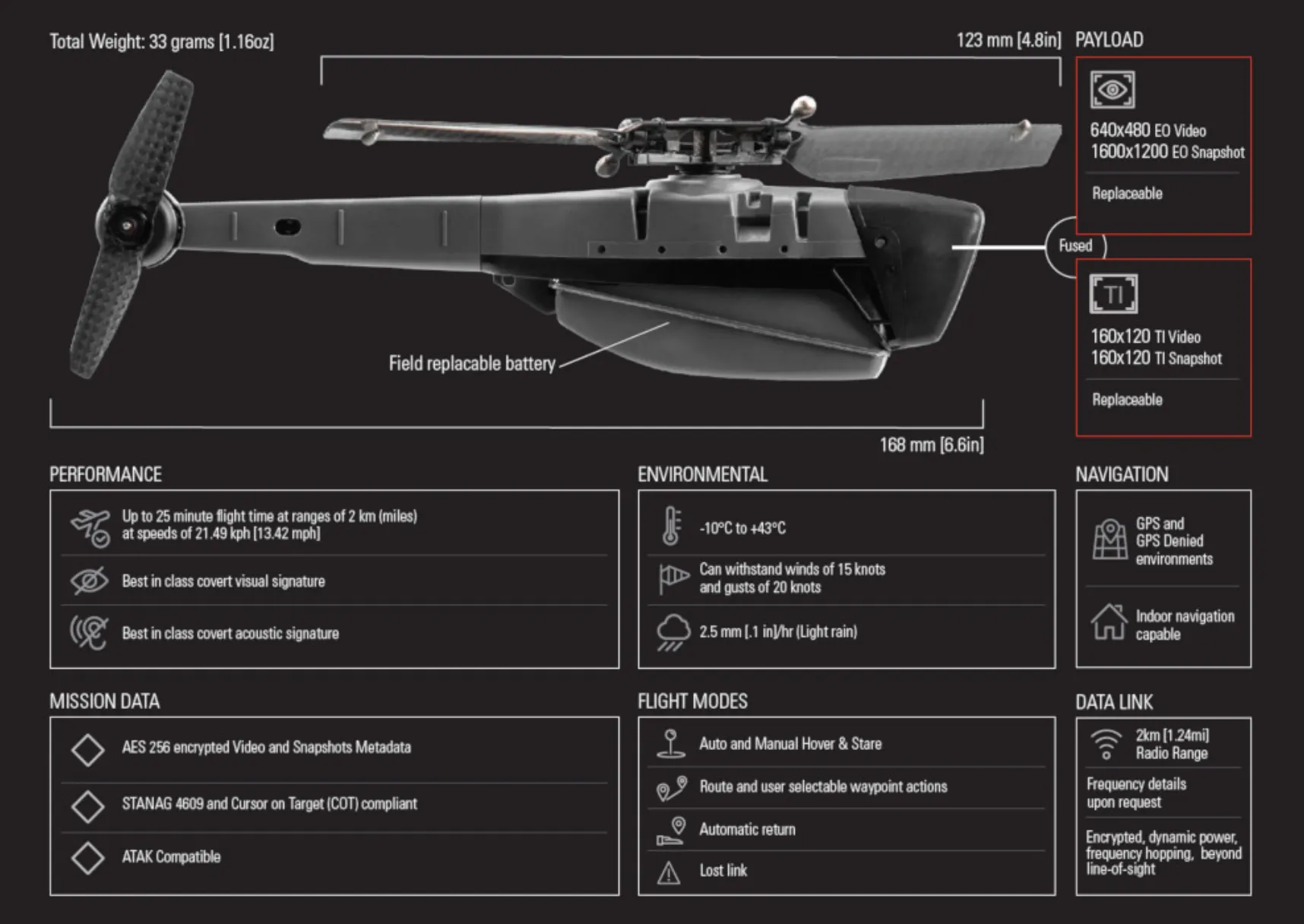
The PD-100 Black Hornet Nano Drone measures approximately 17 cm in length and 2.5 cm in width. Its compact design allows for easy portability and deployment in the field.
The small size and low weight ensure it can be carried without burden, enabling quick access in tactical situations.
The drone is equipped with a high-definition camera capable of capturing HD video at 30 frames per second and photo resolution of 1600 x 1200 pixels.
This combination of imaging capabilities enhances situational awareness and intelligence-gathering in various operational scenarios.
The PD-100 Black Hornet boasts a flight time of up to 25 minutes, depending on conditions.
With these flight capabilities, the Black Hornet can effectively execute reconnaissance missions, allowing it to navigate complex environments with agility and precision.
The PD-100 Black Hornet Nano Drone has various operational applications that enhance military effectiveness, surveillance capabilities, and emergency response efforts. Its advanced features allow for effective gathering of intelligence and supporting missions in diverse scenarios.
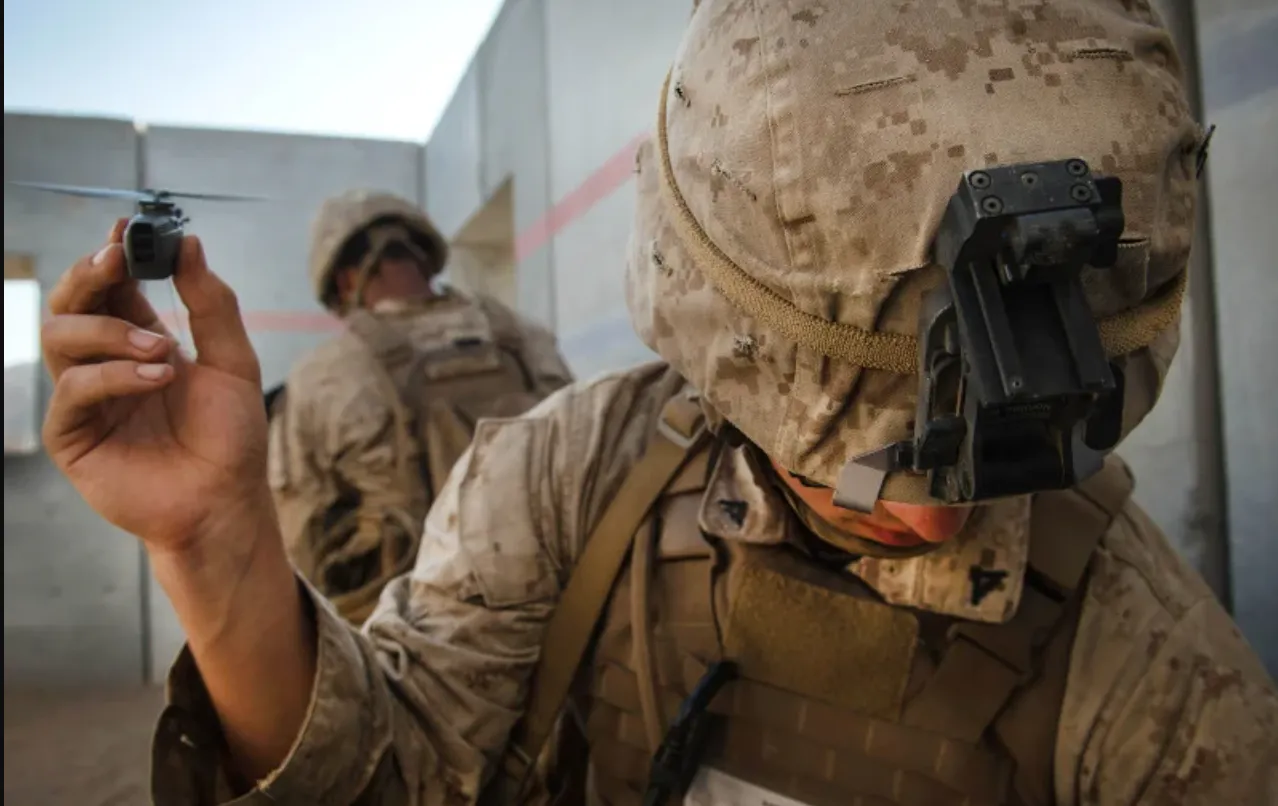
In military contexts, the PD-100 Black Hornet nano drone serves as a critical asset for reconnaissance and intelligence-gathering. Its small size allows for discreet operations, enabling troops to collect real-time data without being detected.
This drone can operate in challenging environments, providing commanders with vital situational awareness. Equipped with high-definition cameras, it captures images and videos, relaying this information back to ground units.
By enhancing reconnaissance capabilities, the drone contributes to informed decision-making during operations.
For surveillance missions, the PD-100 Black Hornet Nano Drone offers remarkable versatility. It performs long-duration flights, allowing teams to monitor areas of interest over extended periods. This capability is essential for both urban and rural surveillance operations.
The drone’s advanced sensors and imaging equipment facilitate detailed surveillance. It can identify potential threats, track movements, and gather intelligence in real time. This information supports mission planning and enhances operational safety for personnel on the ground.
In search and rescue operations, the PD-100 Black Hornet proves to be an indispensable tool. Its ability to navigate through complex terrains aids in locating missing persons or assessing disaster areas.
The drone’s thermal imaging capabilities enable it to detect heat signatures, which is particularly useful during nighttime operations. Its real-time video feed assists rescue teams in formulating effective response strategies, improving the chances of successful missions.
Overall, the integration of the PD-100 Black Hornet Nano Drone into various operational roles maximizes effectiveness and efficiency in critical situations.
The PD-100 Black Hornet nano drone incorporates advanced control systems that enhance its operational effectiveness.
Key aspects include remote operation capabilities and sophisticated navigation and autonomy features, allowing for precision in various applications.
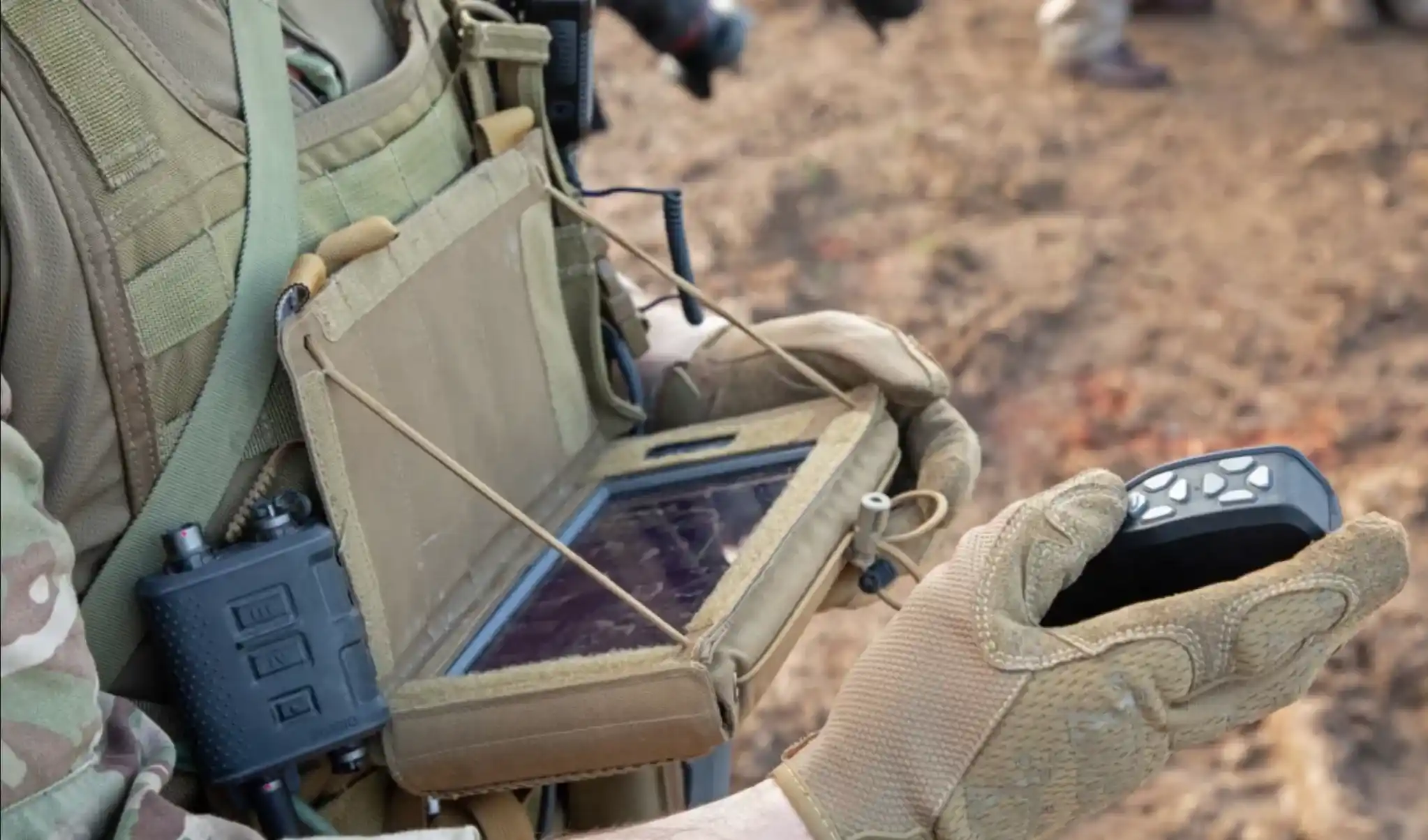
The PD-100 Black Hornet Nano Drone features a remote operation capability that allows users to control the aircraft in real-time.
Operators utilize a handheld controller equipped with a display, providing live video feeds and telemetry data. This setup enables efficient monitoring of the drone’s surroundings and mission progress.
The control system supports various flight modes, enhancing usability in different scenarios. Users can switch between semi-autonomous and fully manual modes, catering to diverse operational needs. The system’s integration with mobile devices allows for easy access to drone controls and data.
The navigation system of the PD-100 Black Hornet Nano Drone employs GPS and inertial navigation technologies, ensuring accurate positioning and movement. It can autonomously navigate predetermined flight paths while adjusting to environmental conditions.
Autonomous features include obstacle avoidance and automated landing capabilities.
The drone can detect obstacles in its path and adjust its trajectory to prevent collisions. These navigation and autonomy systems enable safe and efficient operations, reducing the workload on the operator while enhancing mission success rates.
Share
Defense Feeds is publication focusing on informing, engaging, and empowering the world by providing accurate information from defense technology.
Powered by Defense Feeds © 2025 – All rights reserved.